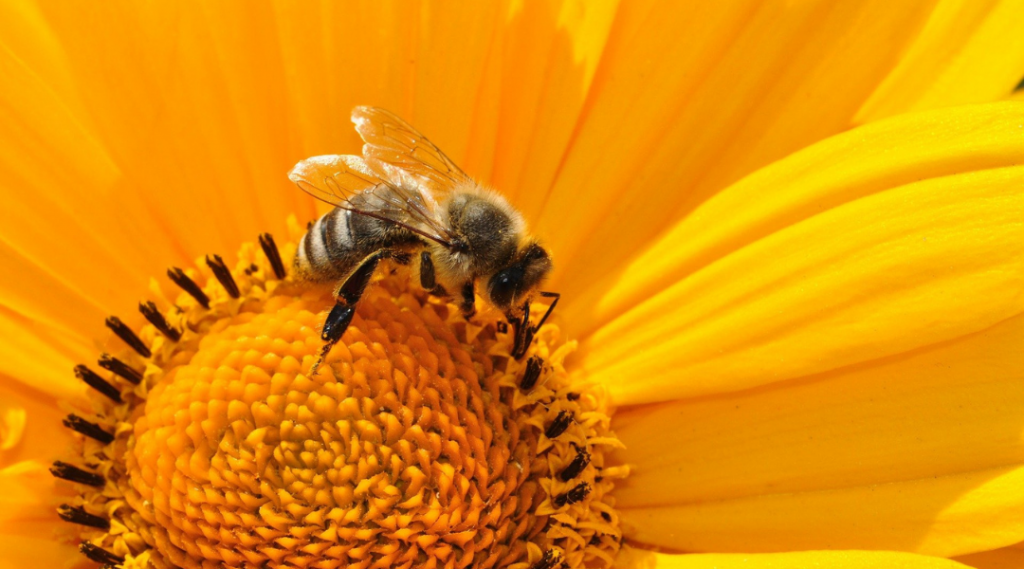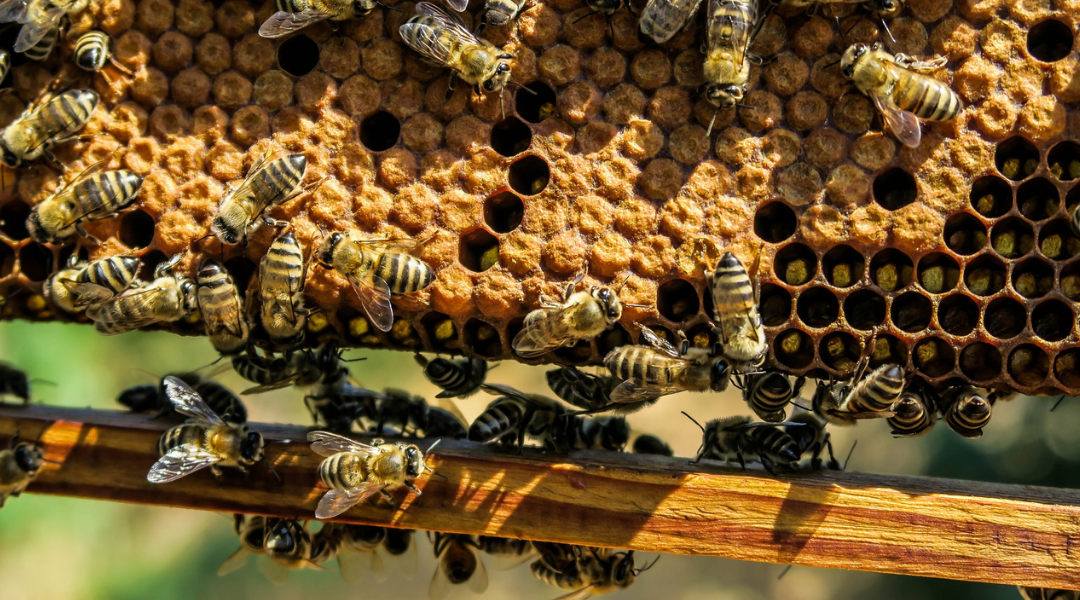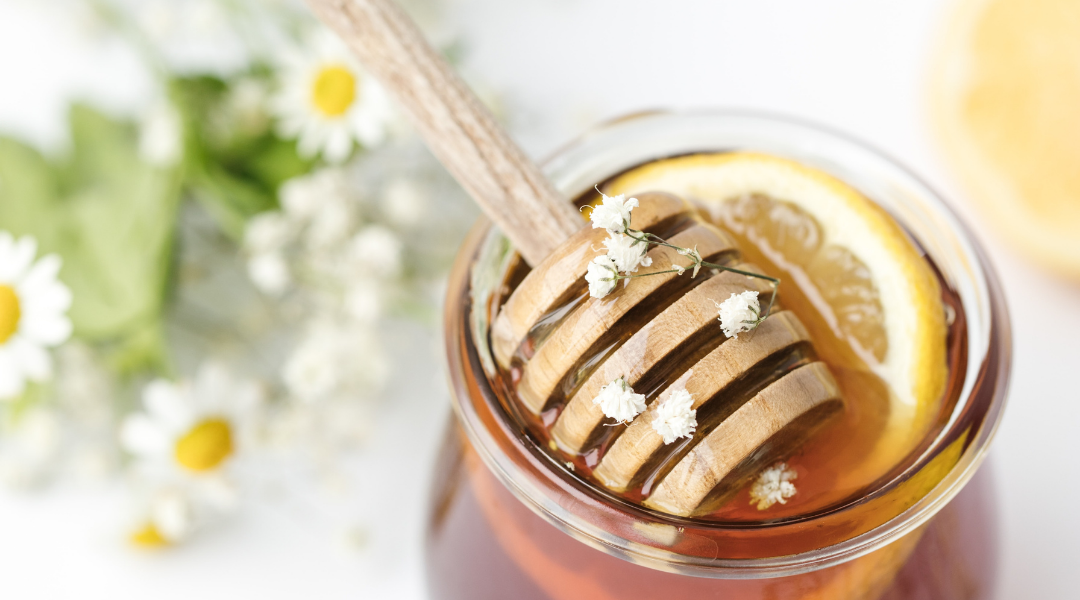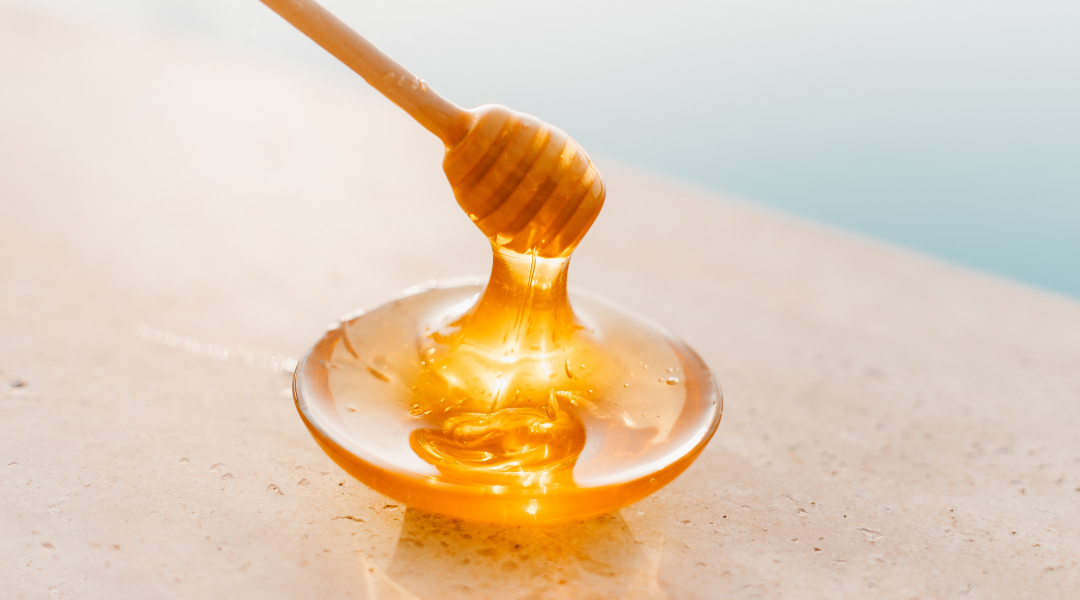The humidity level when bees collect nectar from flowers is around 80%. Throughout the process of collecting the nectar and making the honey, this percentage is reduced to below 20%.
Next, we show you everything you need to know about the humidity of honey, and how to identify it.
Moisture in the honey-making process
The honey-making process begins when the bees fly around a kilometer around the hive to obtain the precious nectar from the flowers.
In fact, in cases of extreme need, they can travel up to triple the distance in search of nectar. However, in these cases there may be complications when returning with the load for so many kilometers.
Initially, the humidity levels of the nectar can be around 80%. For this reason, throughout the honey-making process, the bees work to progressively reduce this humidity.

Once they have a full crop, the bees start their way back to the hive. Along the way, they are processing the nectar obtained; spitting and sucking the nectar into his mouth repeatedly.
The bees manage to evaporate part of the water in the nectar, which makes it easier for the nectar to reduce its size. In this way, in this part of the process, part of the moisture in the honey begins to be reduced.
Once the bees arrive at the hive, they pass the load on to other younger domestic bees, which gradually pass it from one to the other until it is deposited in the cells.
Next, to dry the cells, the bees generate a stream of air with their wings. At this point the humidity of the honey is again reduced considerably; At the same time, a series of enzymes are added that transform some complex sugars into simpler ones.

By considerably reducing the humidity of the cells, the conservation of honey is greatly facilitated. In addition, we must bear in mind that the internal heat of the hive is also key when it comes to reducing the humidity of the honey.
In this way, when the bees detect that the humidity of the honey is at the appropriate levels, that is, less than 20%, they seal the cells with wax.
What is the humidity of honey?
Generally, honey has around 17% to 18% moisture.
However, the honeys harvested in summer have an even lower humidity, which is around 16%. This is because due to the heat, the honey dehydrates much faster.
On the other hand, honeys harvested in spring, such as orange blossom honey, have a higher level of humidity, since the days are shorter and the humidity of the environment is higher.
Similar is the case of honeys harvested in autumn, whose humidity can reach up to 20%.

How to Identify Excess Moisture in Honey
Once the bees seal the cells, the beekeepers will collect the squares to extract the honey.
Finding 100% sealed frames is not always easy. For this reason, beekeepers select those boxes that are at least 80% sealed.
It is not recommended to collect cells whose sealing percentage is less than 80%, since in the case of collecting honey ahead of time, it will have high humidity levels, which facilitates its fermentation.
Likewise, when the honey has excess moisture, it can also happen that it comes out of the jar or that it even bulges.
On the other hand, the main consequence of excess moisture in honey is the risk of fermentation. When fermenting honey, the carbon dioxide it produces facilitates the appearance of bubbles inside the container. Also, these will pop out when you open it.
Likewise, when there is high fermentation we will notice a vinegary smell and we will be able to hear the noise of the gas when opening the container.

Consequences of excess moisture in honey: fermentation
When honey has excess moisture, there is a greater chance that it will ferment.
The fermentation of honey occurs when microscopic yeasts, present in the air, flowers, soil … find enough moisture to grow.
These yeasts invalidate the consumption of honey by consuming the sugars present in it and providing acetic acid and carbonic gas.
Thus there is a greater risk of fermentation:
- The temperature is high
- Immature honey is collected
- Drums where honey is packaged are not properly cleaned
- Hygiene measures are not followed


